AI, Machine Learning and Deep Learning
AI, Machine Learning and Deep Learning are not synonymous terms; they have a hierarchical relationship and clear distinctions.
In today's technological era, the terms AI, Machine Learning, and Deep Learning are increasingly common. Many people even use them interchangeably, but in reality, these are three closely related yet distinct concepts.
For example, when Google's AlphaGo defeated Go champion Lee Sedol in 2016, the media alternated between using the terms AI, machine learning, and deep learning to describe this victory. In fact, AI, machine learning, and deep learning all contributed to AlphaGo's success, but they are not the same thing.
This article will help you clearly understand the differences between AI, Machine Learning, and Deep Learning, as well as their relationships. Let's explore the details together with INVIAI !
What is Artificial Intelligence (AI)?
Artificial Intelligence (AI) is a broad field of computer science focused on creating systems that can simulate human intelligence and cognitive functions.
In other words, AI encompasses all techniques that enable computers to perform tasks that normally require human intelligence, such as problem-solving, decision-making, environmental perception, language understanding, and more. AI is not limited to data-driven learning methods but also includes rule-based or knowledge-based systems programmed by humans.
AI Categories
Narrow AI (Weak AI)
General AI (Strong AI)
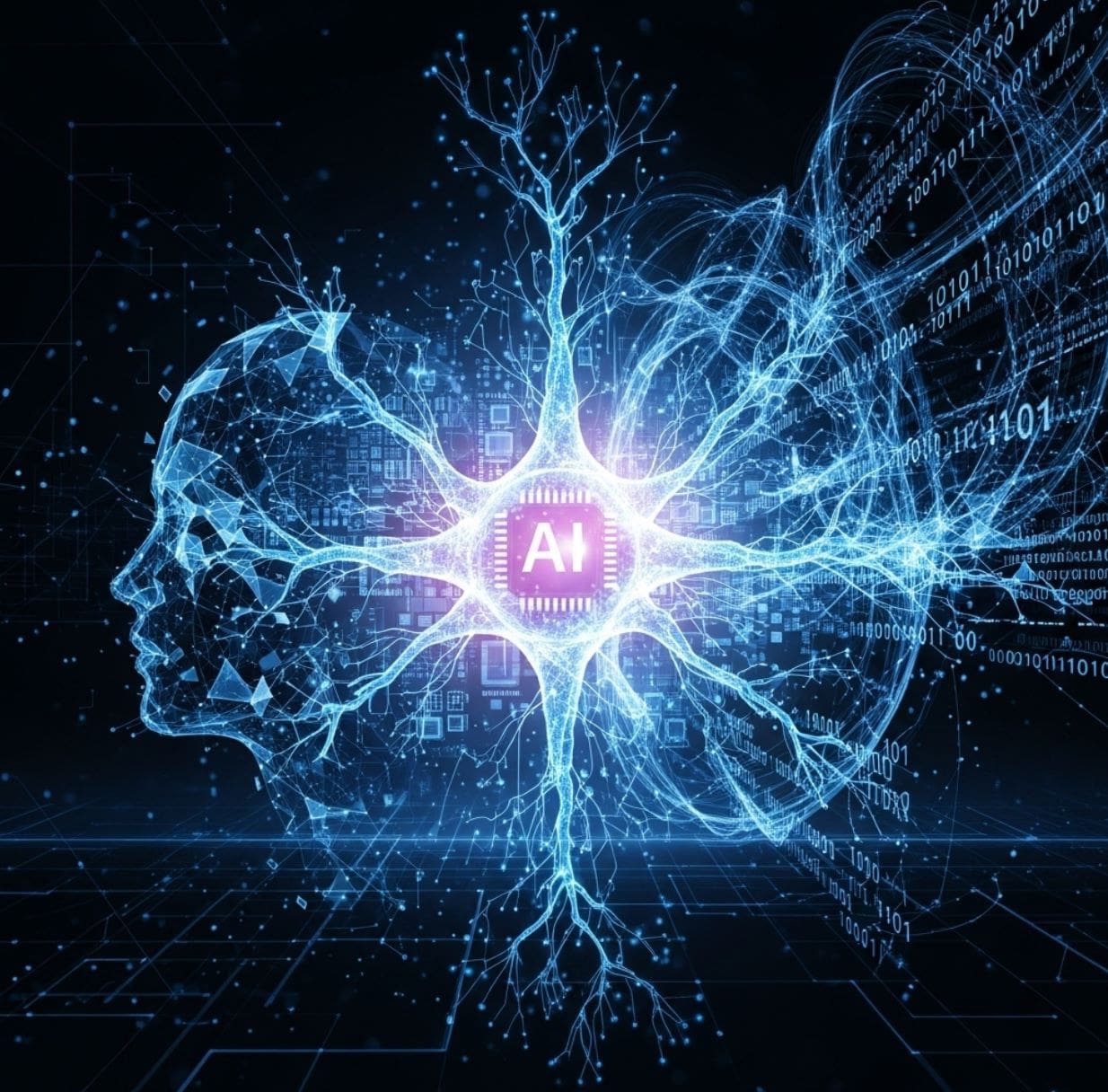
What is Machine Learning?
Machine Learning (ML) is a subset of AI focused on developing algorithms and statistical models that allow computers to learn from data and gradually improve accuracy without explicit step-by-step programming. Instead of humans writing all instructions, ML algorithms analyze input data to extract patterns and make predictions or decisions when encountering new data.
The field of study that gives computers the ability to learn without being explicitly programmed.
— Arthur Samuel, 1959
Types of Machine Learning
Supervised Learning
Models trained on labeled datasets where the correct answers are known.
- Predicting house prices
- Email spam detection
- Medical diagnosis
Unsupervised Learning
Models that find structures or groups in unlabeled data without predefined categories.
- Customer segmentation
- Anomaly detection
- Pattern discovery
Reinforcement Learning
Models that interact with the environment and learn behaviors through rewards or penalties.
- Game playing AI
- Robotics control
- Resource optimization
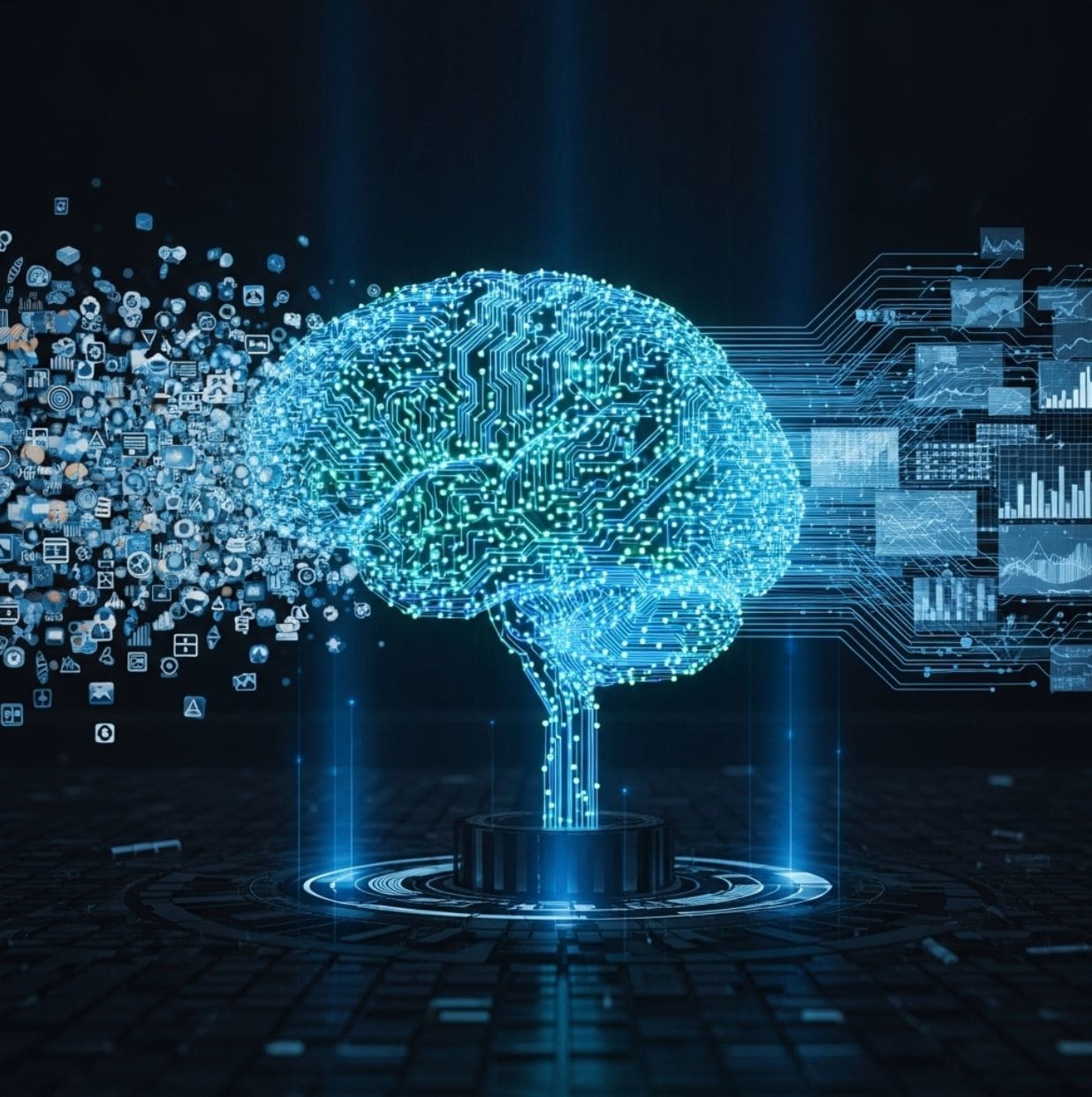
What is Deep Learning?
Deep Learning (DL) is a specialized branch of Machine Learning that uses multi-layer artificial neural networks to learn from data.
The term "deep" refers to networks with many hidden layers (usually more than three) – this multi-layered structure allows the model to learn complex features at high levels of abstraction. Deep Learning is inspired by the human brain's functioning, with artificial "neurons" connected to mimic biological neural networks.
Automatic Feature Extraction
Multi-Layer Architecture
Requirements vs. Benefits
What Deep Learning Needs
- Very large datasets (millions of samples)
- Powerful computational resources (GPUs, TPUs)
- Extended training time (hours to days)
- Higher infrastructure costs
What You Get in Return
- Superior accuracy on complex tasks
- Excellent image and speech recognition
- Advanced natural language processing
- Human-level or better performance
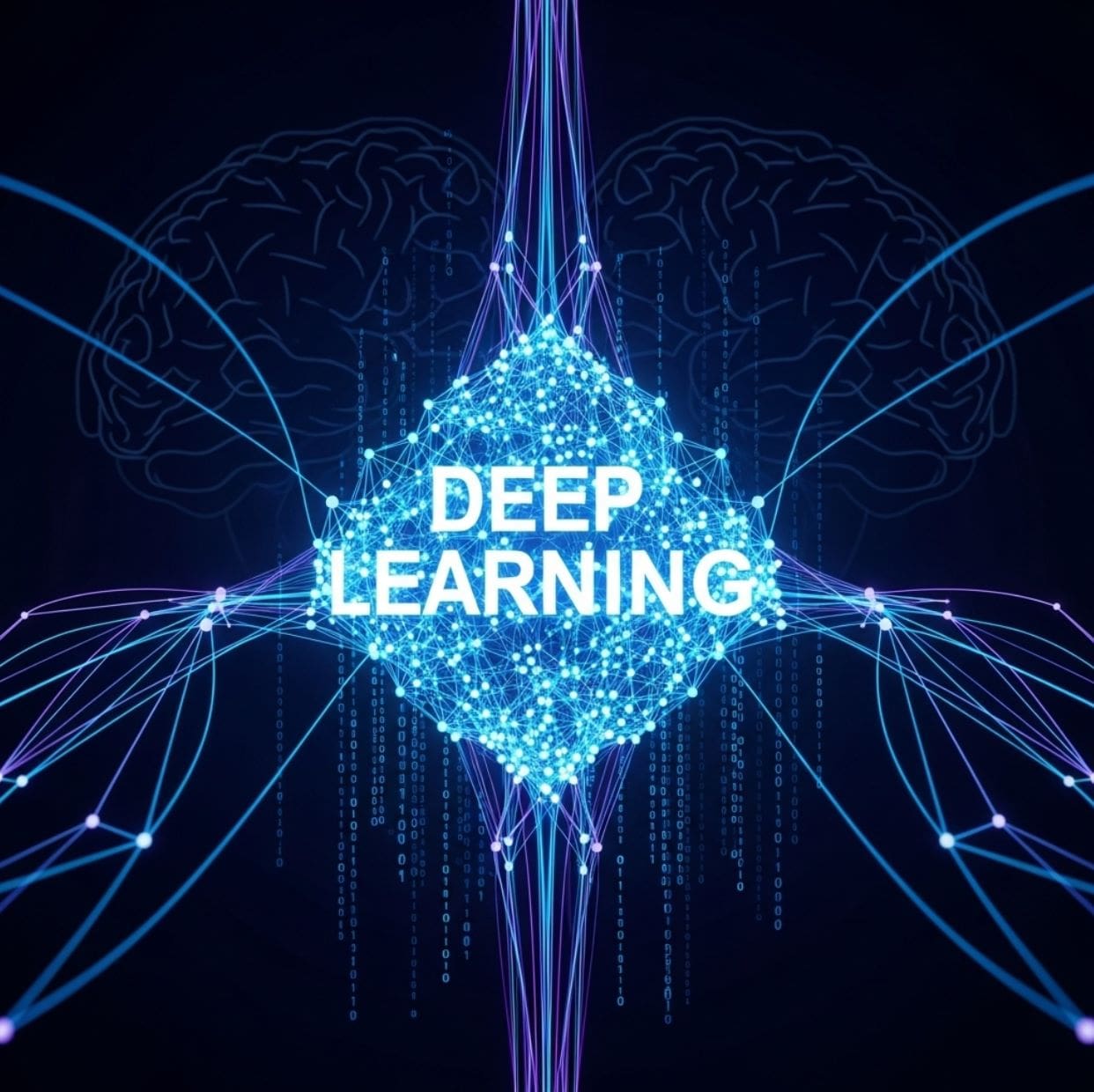
The Relationship Between AI, ML, and Deep Learning
Understanding the hierarchical relationship between these technologies is crucial: Deep Learning ⊂ Machine Learning ⊂ AI. AI is the broadest field, Machine Learning is a subset of AI, and Deep Learning is a part of Machine Learning.
Artificial Intelligence (Broadest)
All techniques enabling machines to simulate intelligence, including both rule-based and data-driven systems. Example: A chess program using fixed algorithms is AI but not ML.
Machine Learning (Subset of AI)
AI methods based on machines learning from data to improve performance. Example: Email spam filters that learn from patterns in labeled emails.
Deep Learning (Subset of ML)
ML methods using multi-layer neural networks for complex pattern recognition. Example: Image recognition systems that automatically learn visual features.
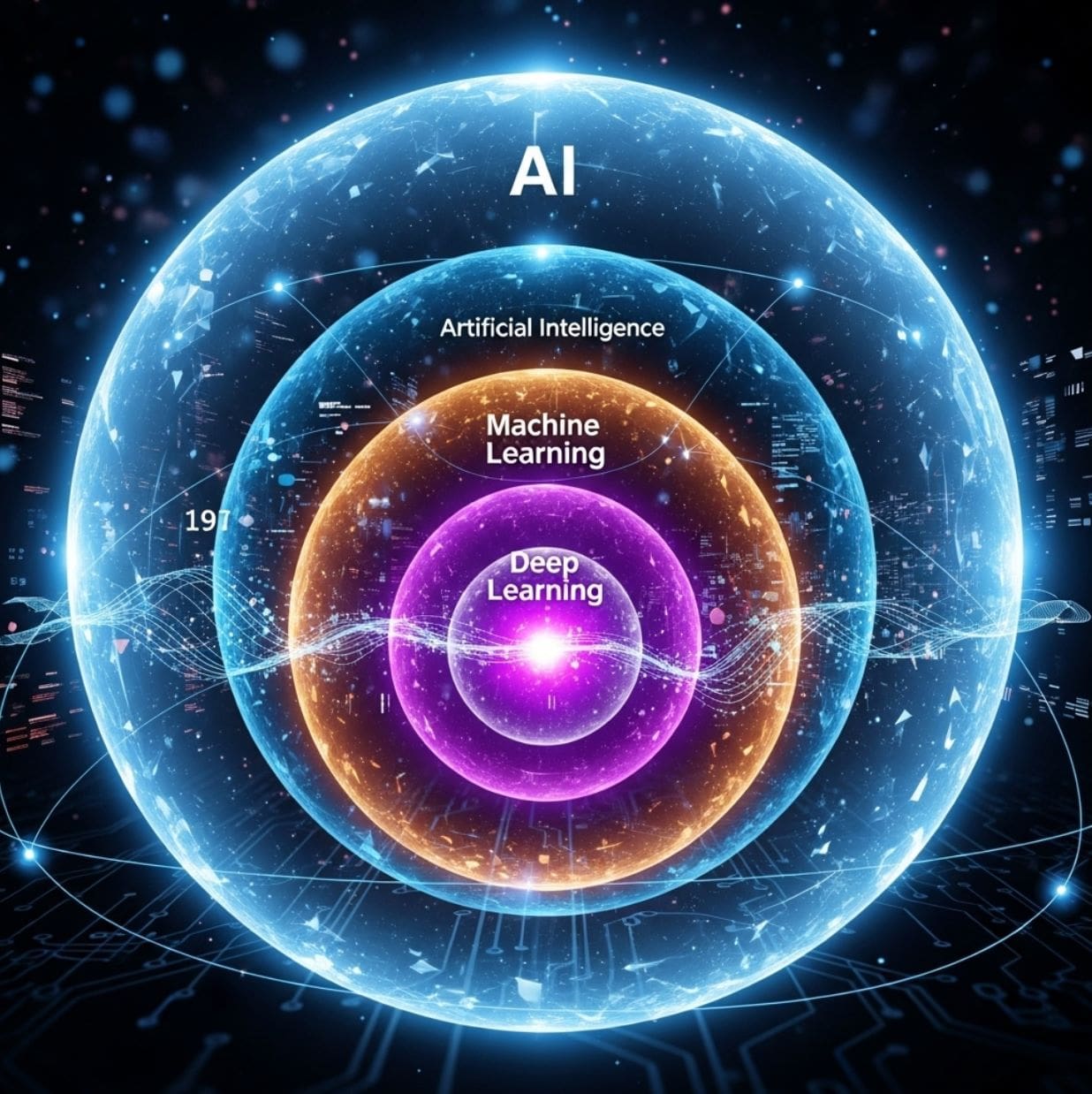
Main Differences Between AI, ML, and Deep Learning
Although they have a hierarchical relationship, AI, ML, and DL have clear differences in scope, operation, and technical requirements. Let's explore the key distinctions:
Scope and Definition
- AI: General concept including all methods enabling machines to simulate intelligence (both rule-based and data-driven)
- Machine Learning: Narrows to AI methods based on machines learning from data
- Deep Learning: Further narrows to ML using multi-layer neural networks
DL is both ML and AI, but AI encompasses much more than just learning-based approaches.
Learning Method and Human Intervention
High Human Involvement
- Engineers must select features
- Manual feature extraction required
- Domain expertise needed
- Example: Defining shapes, colors, edges for image recognition
Automated Feature Learning
- Automatic feature extraction
- Learns features at multiple levels
- Reduced human intervention
- Example: Automatically discovers visual patterns from raw images
Data Requirements
Machine Learning
- Performs well with moderate datasets
- Can work with smaller data volumes
- Requires high-quality, clean data
- Features must be clearly defined
Deep Learning
- Requires very large datasets
- Millions of samples needed
- Example: Tens of thousands of hours for speech recognition
- Ideal for big data scenarios
Computing Infrastructure Requirements
| Aspect | Machine Learning | Deep Learning |
|---|---|---|
| Hardware | CPU sufficient | GPU/TPU required |
| Training Time | Minutes to hours | Hours to days |
| Infrastructure | Personal computers work | High-performance clusters needed |
| Cost | Low to moderate | High |
| Scalability | Limited by algorithm complexity | Highly scalable with resources |
Deep learning models require GPU support to accelerate parallel matrix computations, making infrastructure investment a key consideration.
Performance and Accuracy
- AI Goal: Successfully solve the given task, not necessarily through learning from data
- ML Goal: Optimize prediction accuracy by learning from training datasets
- DL Advantage: Achieve very high accuracy, surpassing traditional ML with sufficient data and computing power
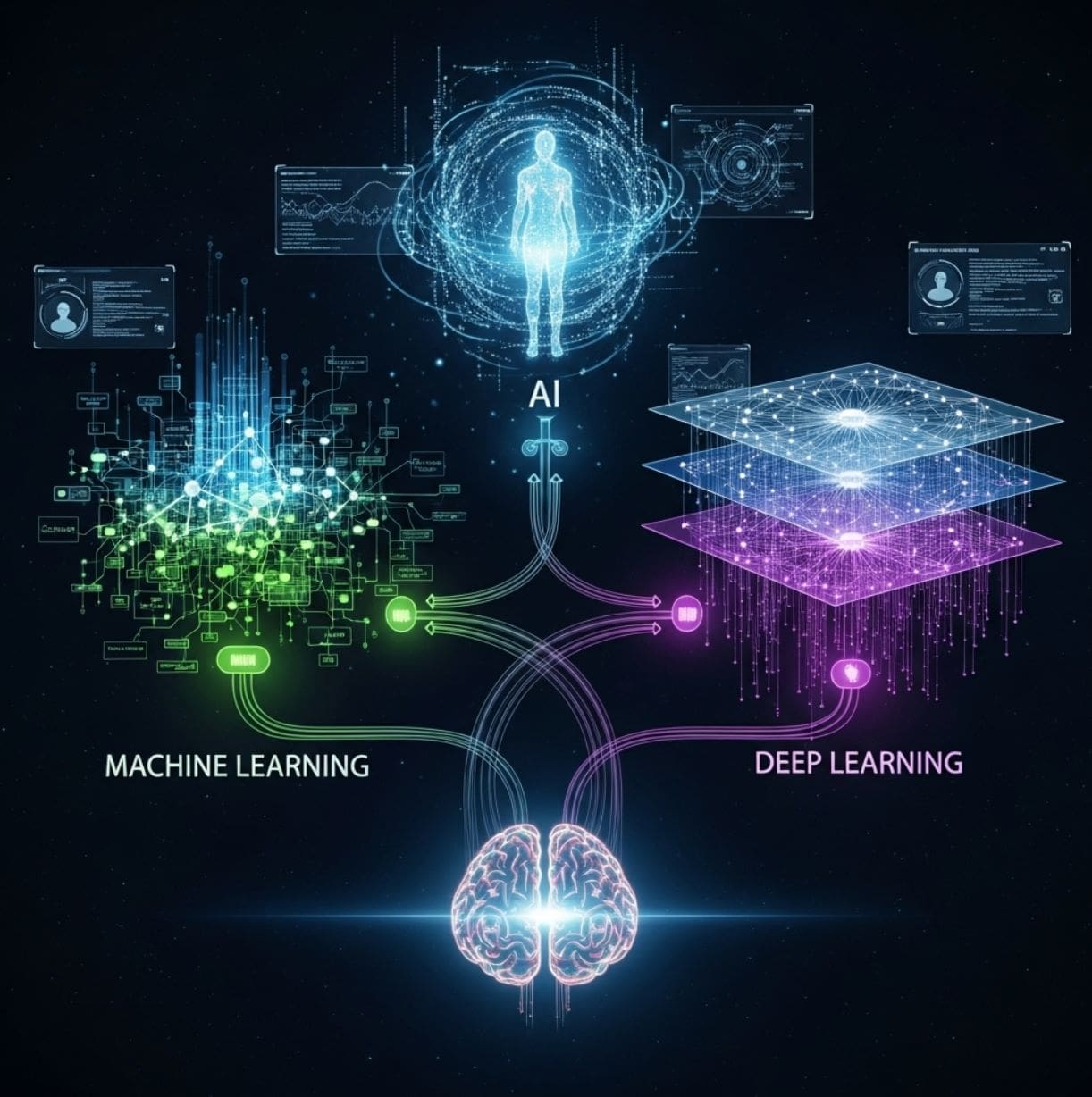
Suitable Applications
Machine Learning Applications
Best for structured data with moderate complexity and volume:
- Customer behavior prediction
- Credit risk analysis
- Fraud detection
- Spam filtering
- Business forecasting
- Recommendation systems
Deep Learning Applications
Excels with unstructured data and complex pattern recognition:
- Image and facial recognition
- Speech recognition and synthesis
- Natural language processing
- Autonomous driving
- Medical image analysis
- Generative AI (ChatGPT, DALL-E)
Practical Applications of AI, ML, and Deep Learning
To better understand the differences, let's explore typical application examples of each technology in real-world scenarios:
Artificial Intelligence (AI) Applications
AI is present in many smart systems around us, from predictive algorithms to autonomous systems:
- Search Engines: Google's predictive algorithms for user demand and query understanding
- Transportation: Ride-hailing apps like Uber/Grab optimizing routes and pricing
- Aviation: Autopilot systems on commercial aircraft
- Gaming: Deep Blue playing chess, AlphaGo playing Go
- Game Development: AI controlling NPCs (non-player characters) using rule-based systems
Machine Learning Applications
Machine learning is widely applied across many fields, particularly where pattern recognition and prediction are valuable:
Virtual Assistants
Security Systems
Business Analytics
Recommendation Systems
Deep Learning Applications
Deep learning underpins recent breakthroughs in AI, particularly in areas requiring complex pattern recognition:
Speech Recognition
Converting speech to text, powering virtual assistants with natural language understanding.
Computer Vision
Detecting objects, recognizing faces, analyzing medical images with high accuracy.
Autonomous Vehicles
Self-driving cars analyzing real-time video and sensor data for navigation decisions.
Natural Language Processing
Machine translation, sentiment analysis, text generation with contextual understanding.
Generative AI
GPT-4 powering ChatGPT, DALL-E creating images, foundation models generating new content.
Healthcare Diagnostics
Analyzing medical scans, predicting disease outcomes, drug discovery acceleration.
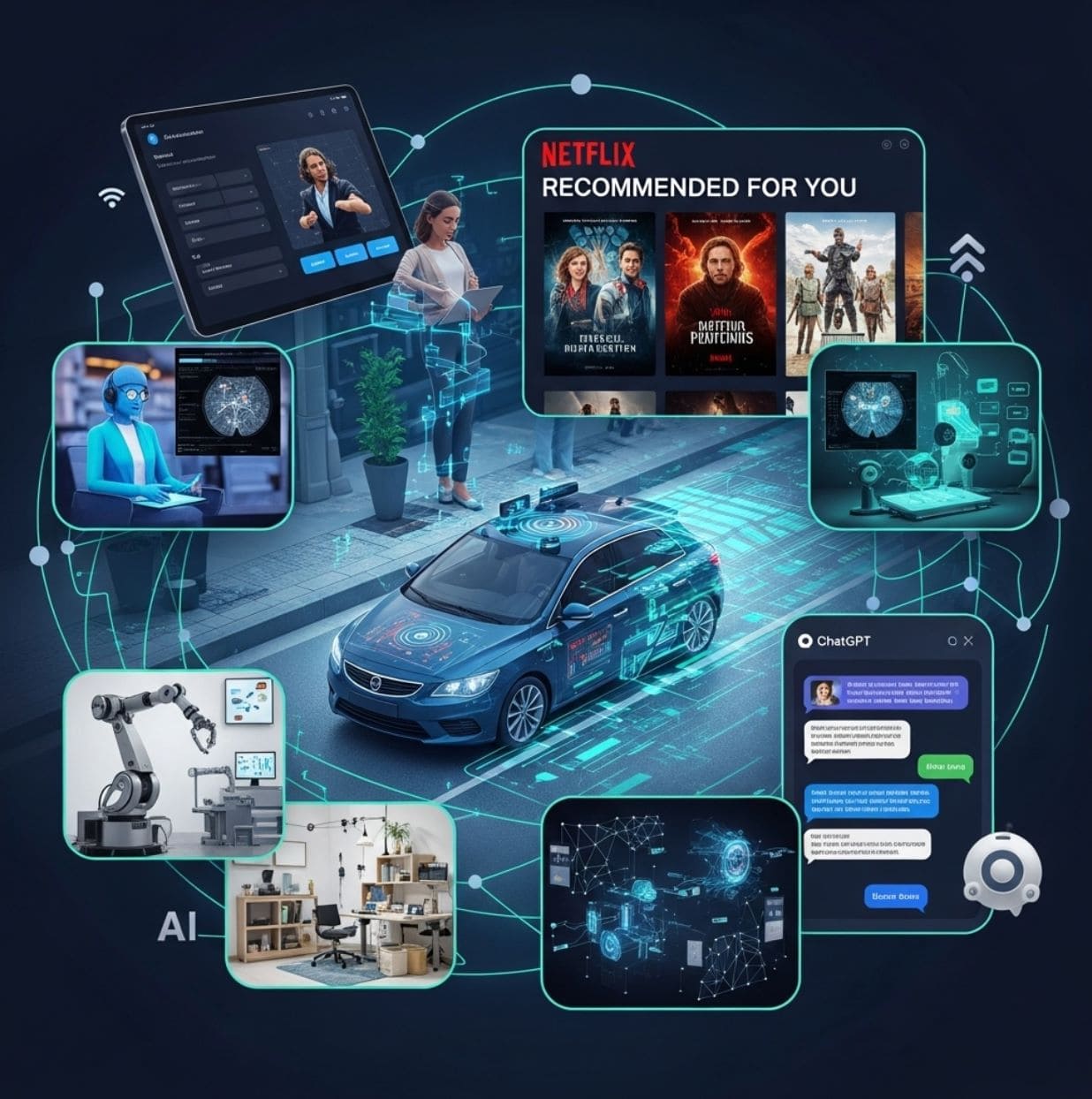
Key Takeaways
Understanding the distinctions between AI, Machine Learning, and Deep Learning is essential for making informed technology decisions and using terminology correctly.
Artificial Intelligence
Machine Learning
Deep Learning
In the future, as data grows and demands increase, deep learning is expected to continue playing a key role in driving new advances in the field of AI. The synergy between these technologies will unlock unprecedented possibilities across industries.




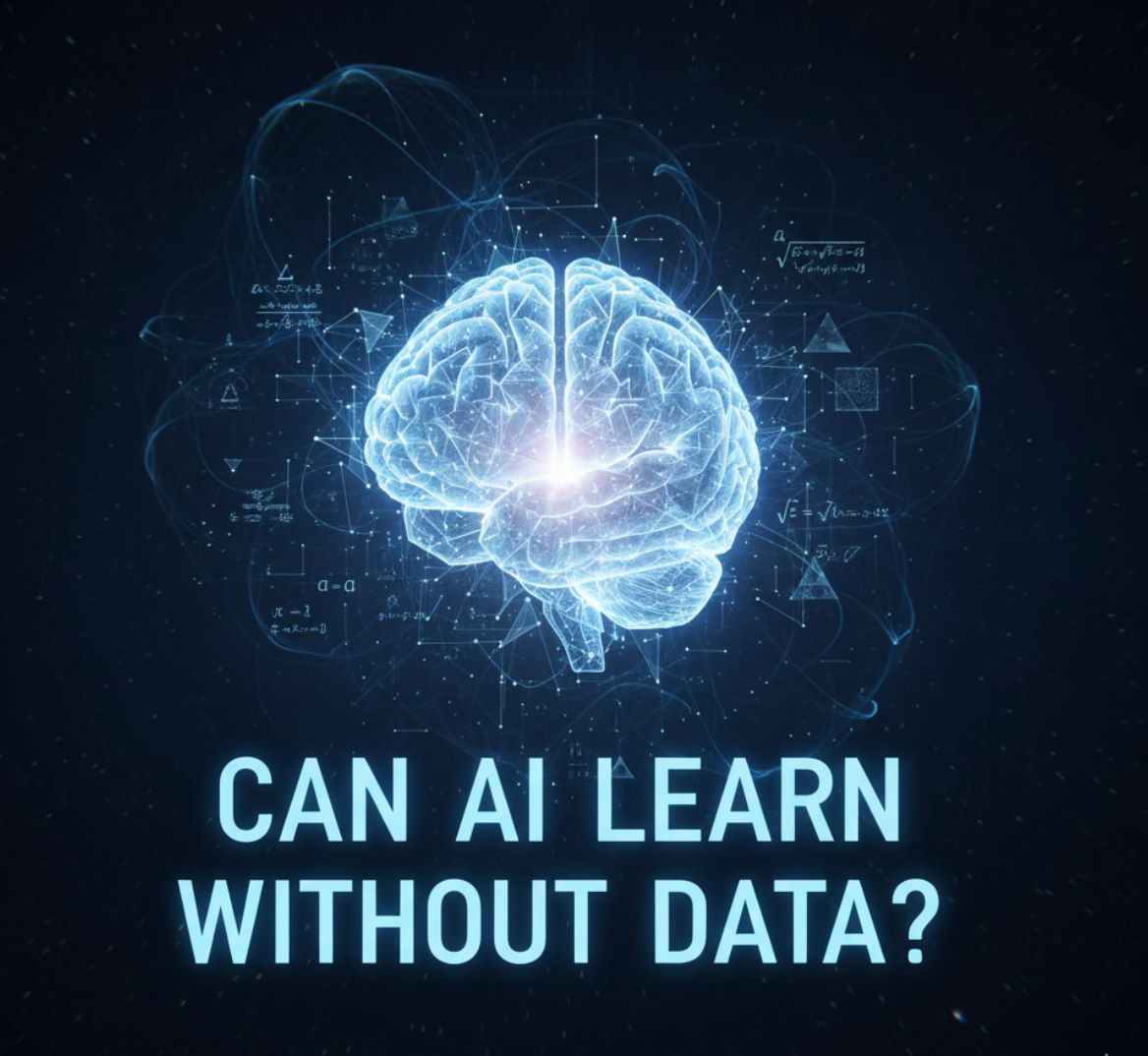
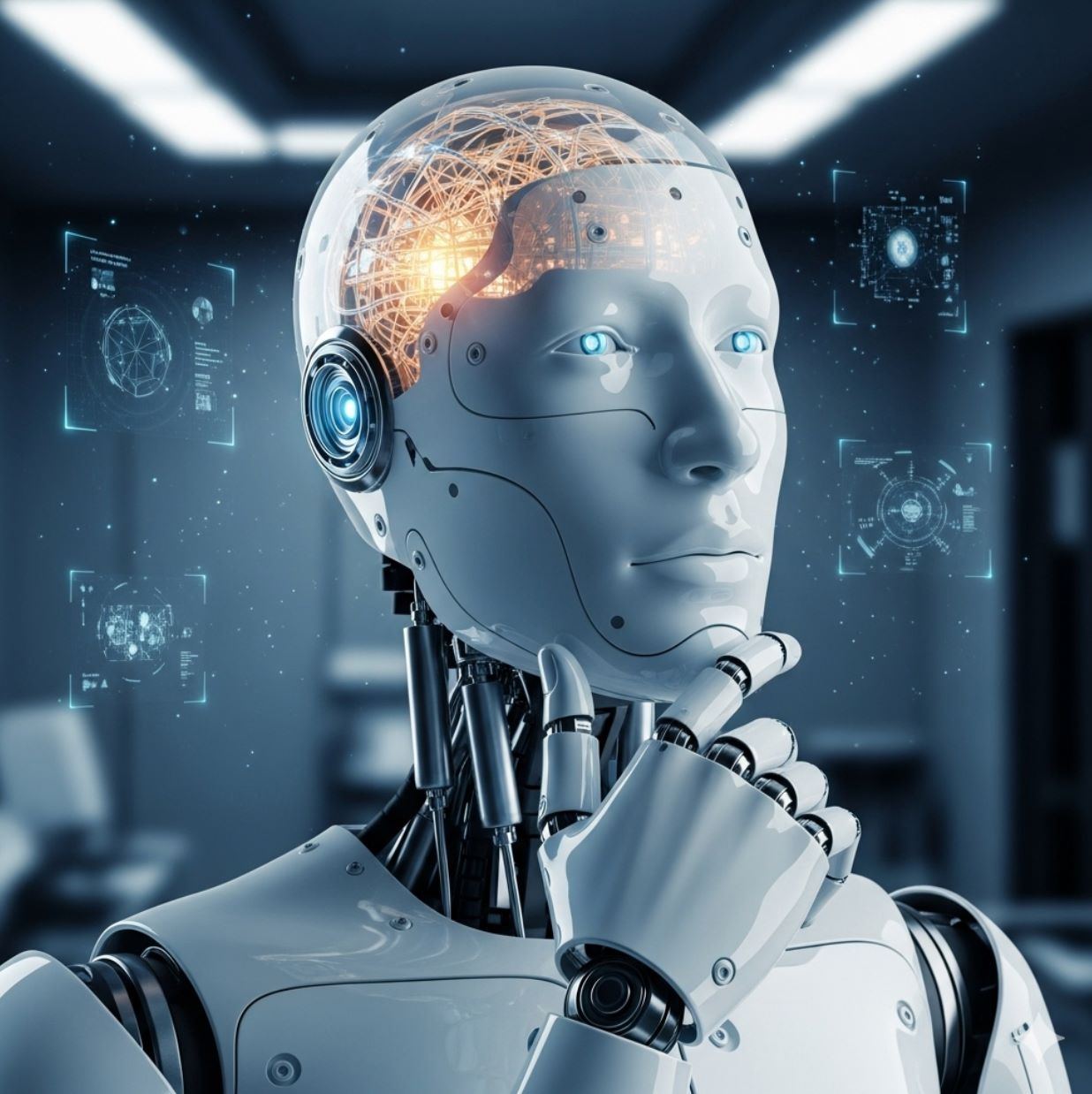
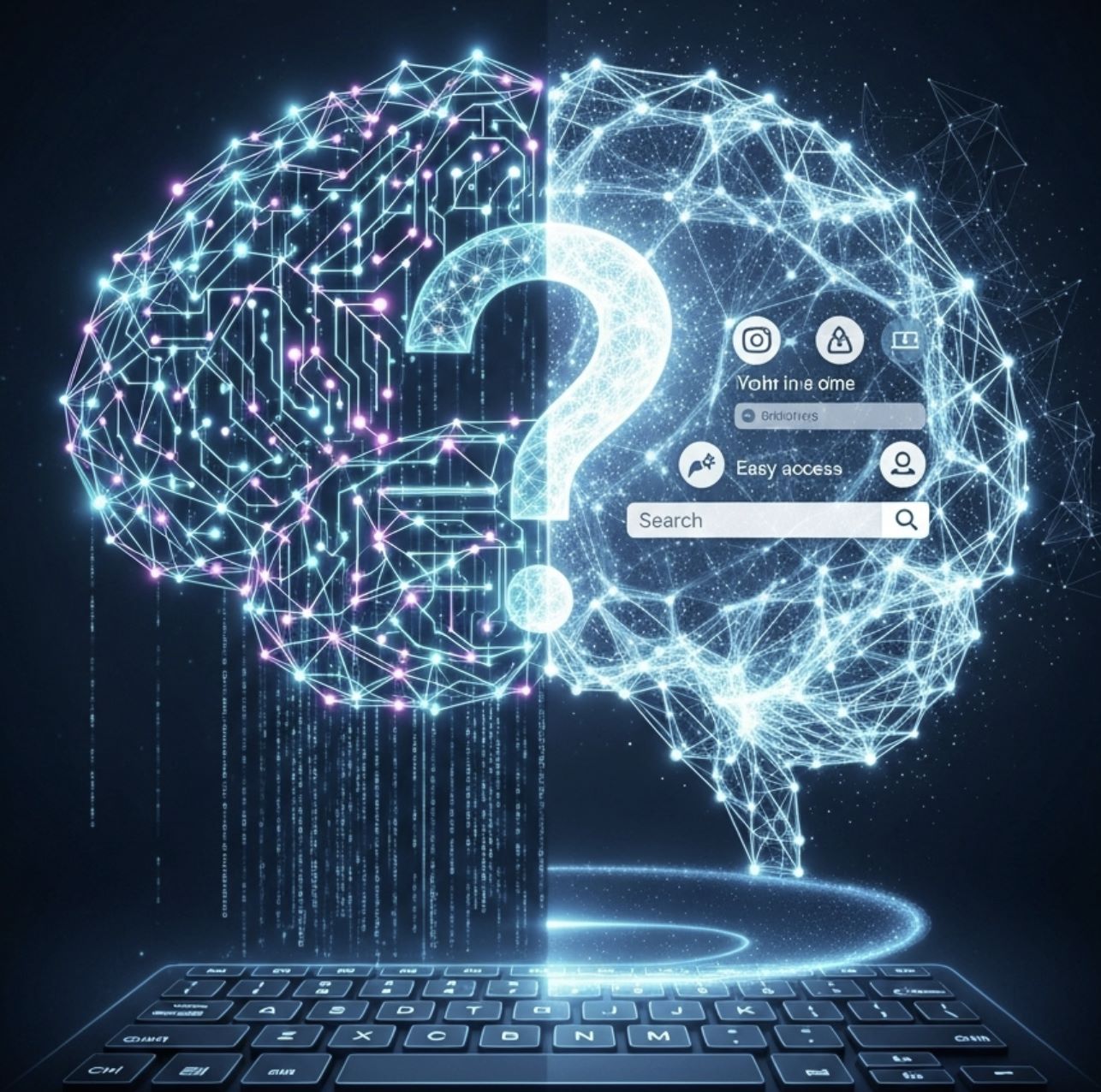
Comments 0
Leave a Comment
No comments yet. Be the first to comment!